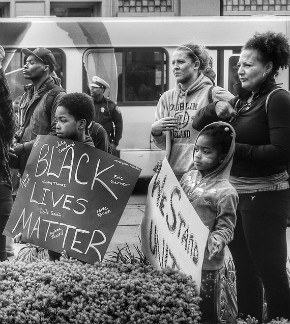Action plan

As recently as 2013, most whites told pollsters they thought race relations in America were good. Now, according to a New York Times survey, nearly two-thirds of whites say race relations are bad and getting worse. Black people overwhelmingly agree.
Maybe there is some good news here. Maybe it means that white people have a new awareness of racial dynamics. Perhaps the past year of “officer-involved” incidents—in Ferguson, Baltimore, Cincinnati, and elsewhere—and the massacre at a black church in Charleston have broken through some white complacency. Perhaps more people understand why black author Ta-Nehisi Coates writes in Between the World and Me that the black people he knew growing up were “powerfully, adamantly, dangerously afraid.”
The message on many sides is that the time for discussion is over. In his eulogy for Clementa Pinckney, the slain pastor at Emanuel AME Church, President Obama observed that “every time something like this happens, somebody says we have to have a conversation about race.” But “we don’t need more talk,” he said. “To settle for symbolic gestures without following up with the hard work of more lasting change—that’s how we lose our way again.”




